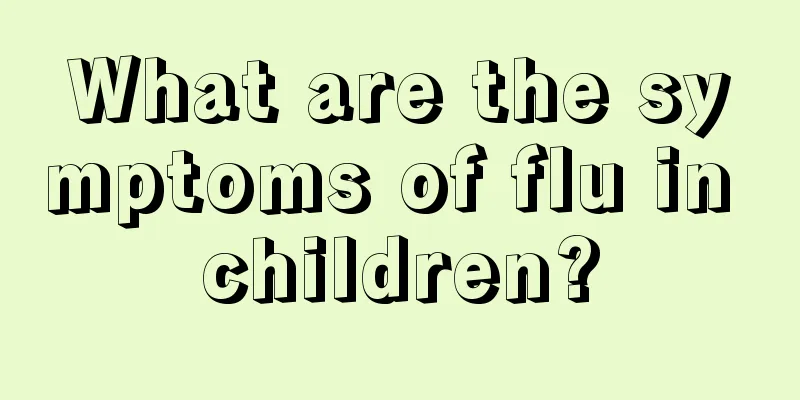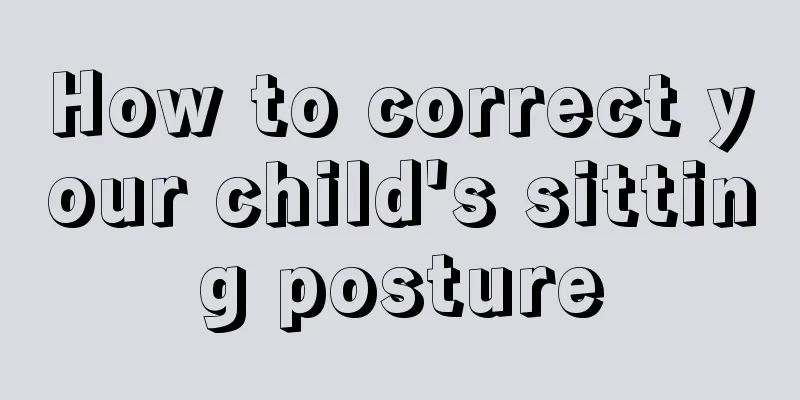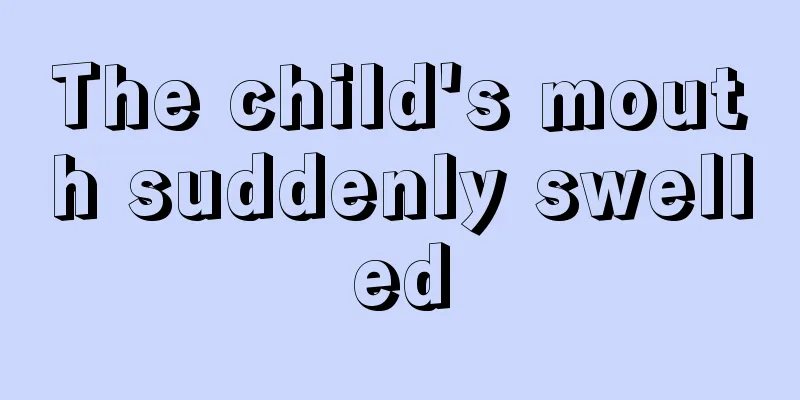What are the symptoms of flu in children?

|
Influenza is a very common illness. Generally speaking, people with low immunity are more likely to get the flu, such as children. Children are almost always a high-risk group for influenza because they are more likely to be infected by bacteria and viruses and thus get influenza. If children have influenza, they need to be treated as soon as possible. Flu can be suppressed through intravenous drips and medication. So, what are the symptoms of flu in young children? Children's immunity is relatively low compared to adults, so they are easy targets for invasion by various bacteria and viruses. They are also the targets that need special attention during epidemics of infectious diseases. When children get the flu, the symptoms are usually very obvious. So, what are the symptoms of influenza A in children? 1. Pneumonia-type influenza : It is common in the elderly, children, people with weakened immunity such as those with existing cardiopulmonary diseases. The main symptoms are persistent high fever, severe cough, coughing up blood or purulent sputum, rapid breathing, hypoxia and cyanosis, and moist rales in the lungs. Chest X-ray examination showed scattered irregular flocculent shadows in both lungs. Sputum culture showed no growth of pathogenic bacteria, but influenza virus could be isolated. 2. Simple influenza: It usually has a sudden onset, with chills and high fever. The body temperature can reach 39℃ to 40℃, often accompanied by systemic symptoms such as headache, extreme fatigue, muscle and joint pain, loss of appetite, etc. It is often accompanied by sore throat, dry cough, nasal congestion, runny nose, and discomfort behind the sternum. The body temperature usually drops to normal levels 3 to 4 days after the onset of the disease, and systemic symptoms gradually improve, but it usually takes 1 to 2 weeks for the cough symptoms to disappear and physical strength to recover. Mild influenza is very similar to the common cold, with mild symptoms and recovery within 2 to 3 days. 3. Influenza in special populations: Generally speaking, healthy children infected with influenza virus may only show mild influenza, with the main symptoms being fever, cough, runny nose, stuffy nose, sore throat and headache. A small number of children experience myalgia, vomiting and diarrhea. The clinical symptoms of influenza in infants and young children are often not very typical. Due to the incomplete development of the nervous system, high fever convulsions may often occur. Neonatal influenza is relatively rare, but it is often complicated by pneumonia and often has symptoms of sepsis, such as lethargy and refusal to feed. In children, laryngitis, tracheitis, bronchitis, pneumonia and gastrointestinal symptoms caused by influenza viruses are more common than in adults. |
<<: What to do if a 6-year-old child has tooth decay
>>: What are the symptoms of arthritis in children?
Recommend
How to quickly solve the problem of bloating in children?
Everyone knows that the baby's digestive syst...
What should I do if my child has frequent and urgent urination?
Some parents report that their children always ur...
What are some effective folk remedies for treating children’s cough?
It is common for children to cough. If the child&...
What causes bad breath in a three-year-old child?
Bad breath is a very common phenomenon in life. G...
How to treat chronic rhinitis in children?
With the massive increase of pollutants in modern...
What should I do if my 12-year-old child has a fever?
In the growth process of every child, problems of...
What is the correct treatment for enteritis in children?
Pediatric enteritis is a disease that cannot be i...
Children's stool is dry and hard
In the past when medical technology was not under...
How to deal with a child's continuous fever
I believe that many children will have symptoms o...
How to treat a child who always has a fever at night?
Children's immune systems are not fully devel...
What are the benefits of swimming for newborns?
Many parents like to let their newborns go swimmi...
How old does a baby have to be to stop spitting up milk?
Spitting up in babies is a relatively common phen...
What is bedwetting in children?
Children's bedwetting is not necessarily caus...
How to treat mumps in children
Mumps in children is an infectious disease that o...
Why does my five-month-old baby keep shaking his head when sleeping?
Every child’s situation is different, and parents...









